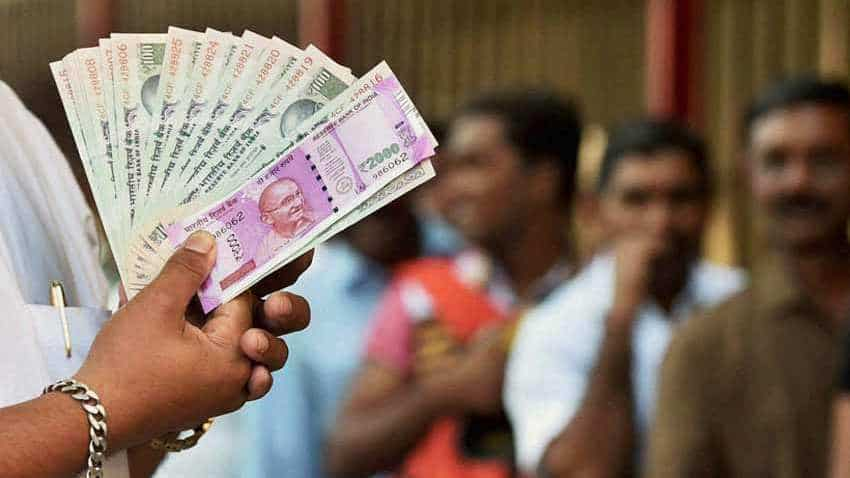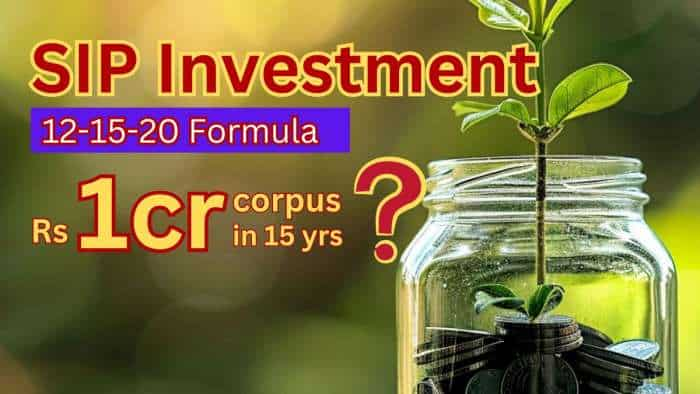Top tip: Mutual fund investor? Losing money? Stop it right now! Don't do this
Sometimes mutual fund investors find that they are losing money. Unfortunately, they decide to do something that actually leads to big loss of money. They must not take this step! Find out why?

Much to investors' frustration and worry, sometimes their investments, especially in debt mutual funds, get caught in bad asset performance funds. In such a case, an investor should not lose heart. In fact, it has been found that investors make the worst decision and decide to exit from their investment before time. They must not do that! This will cause money loss. Yes! That means taking their money back is the worst option to chose for investors. They should remain invested as their losses are being looked after by concerned authorities.
The Securities and Exchange Board of India or SEBI provides an option to mutual fund houses where they can segregate portfolios to isolate the distressed debt portion into a separate fund with a separate NAV. This SEBI option is called side pocketing in debt funds. Through side pocketing option, mutual fund house's original scheme is segregated into two parts — good performing assets and distressed assets. On the basis of the empirical percentage of the distressed asset of the original scheme, separate NAV will be allocated to the mutual fund investor. This will allow investors to make money rather than lose it by exiting prematurely. An investment gives the best profit if it is for long term and the investor should remain invested in his fund for at least 5 years.
See Zee Business Live TV below:
Speaking on what does it mean when we say side pocketing in debt funds, Arun Kumar, Head of Research at FundsIndia.com said, "Side pocketing is an option provided by SEBI, where the fund houses can segregate portfolios to isolate the distressed debt portion into a separate fund with a separate NAV. This can be done when there is a downgrade in the paper below investment grade or when there is a default. Investors can exit the remaining unaffected part of the debt scheme anytime and still benefit from any future recovery in the stressed company. The redemption is capped for the segregated distressed portfolio till the recovery."
On how does it work, Arun Kumar said that the original scheme is split into two schemes. The papers that are illiquid or in the default category are separated from all the other instruments in the original scheme and moved to the second scheme. Thus we end up having two schemes — one that contains the illiquid default papers and the other holding the good ones.
Highlighting the benefits of side pocketing option for a debt mutual fund investor, Jitendra Solanki, a SEBI registered tax and investment expert said, "After side pocketing, a mutual fund investor will have to monitor two NAVs — NAV for the original scheme and NAV after side pocketing of the distressed asset." Solanki said that side pocketing in debt mutual funds helps an investor to pay the price for only those assets that are not performing. This SEBI option helps an investor to gain from the performing assets, which might get pared by the non-performing distressed asset in the absence of side pocketing.
"Debt fund's side pocketing prevents distressed assets from adversely affecting the returns of the rest of the portfolio. The side pocket provides the required liquidity to the investor and ensures that their entire money is not stuck. Further, it also ensures that the early sellers in the fund do not benefit at the cost of the remaining investors (they may get stuck with a higher concentration of bad debt)," said Arun Kumar.
Get Latest Business News, Stock Market Updates and Videos; Check your tax outgo through Income Tax Calculator and save money through our Personal Finance coverage. Check Business Breaking News Live on Zee Business Twitter and Facebook. Subscribe on YouTube.
RECOMMENDED STORIES

Senior Citizen Latest FD Rates: Know what major banks like SBI, PNB, Canara Bank, HDFC Bank, ICICI Bank are providing on fixed deposits

Gratuity Calculator: Rs 38,000 as last-drawn basic salary, 5 years and 5 months of service; what will be gratuity amount?

Retirement Planning: In how many years your Rs 25K monthly SIP investment will grow to Rs 8.8 cr | See calculations

Top 5 Small Cap Mutual Funds with best SIP returns in 1 year: See how Rs 25,000 monthly investment has grown in each scheme

Top 7 SBI Mutual Funds With Best SIP Returns in 1 Year: Rs 25,000 monthly SIP investment in No.1 fund has jumped to Rs 3,58,404

SBI 5-Year FD vs MIS: Which can offer higher returns on a Rs 2,00,000 investment over 5 years? See calculations
11:47 AM IST










 SEBI's new virtual payment mode for investors? Payright and sit tight!
SEBI's new virtual payment mode for investors? Payright and sit tight! Sebi bans 3 online bond platforms until further orders
Sebi bans 3 online bond platforms until further orders Emerging India Focus Funds pays Rs 64 lakh to settle FPIs violation case with Sebi
Emerging India Focus Funds pays Rs 64 lakh to settle FPIs violation case with Sebi  SEBI study reveals trends in royalty payments by listed companies to related parties
SEBI study reveals trends in royalty payments by listed companies to related parties Royalty payment by listed companies rises to Rs 10,779 crore in FY23: Sebi study
Royalty payment by listed companies rises to Rs 10,779 crore in FY23: Sebi study